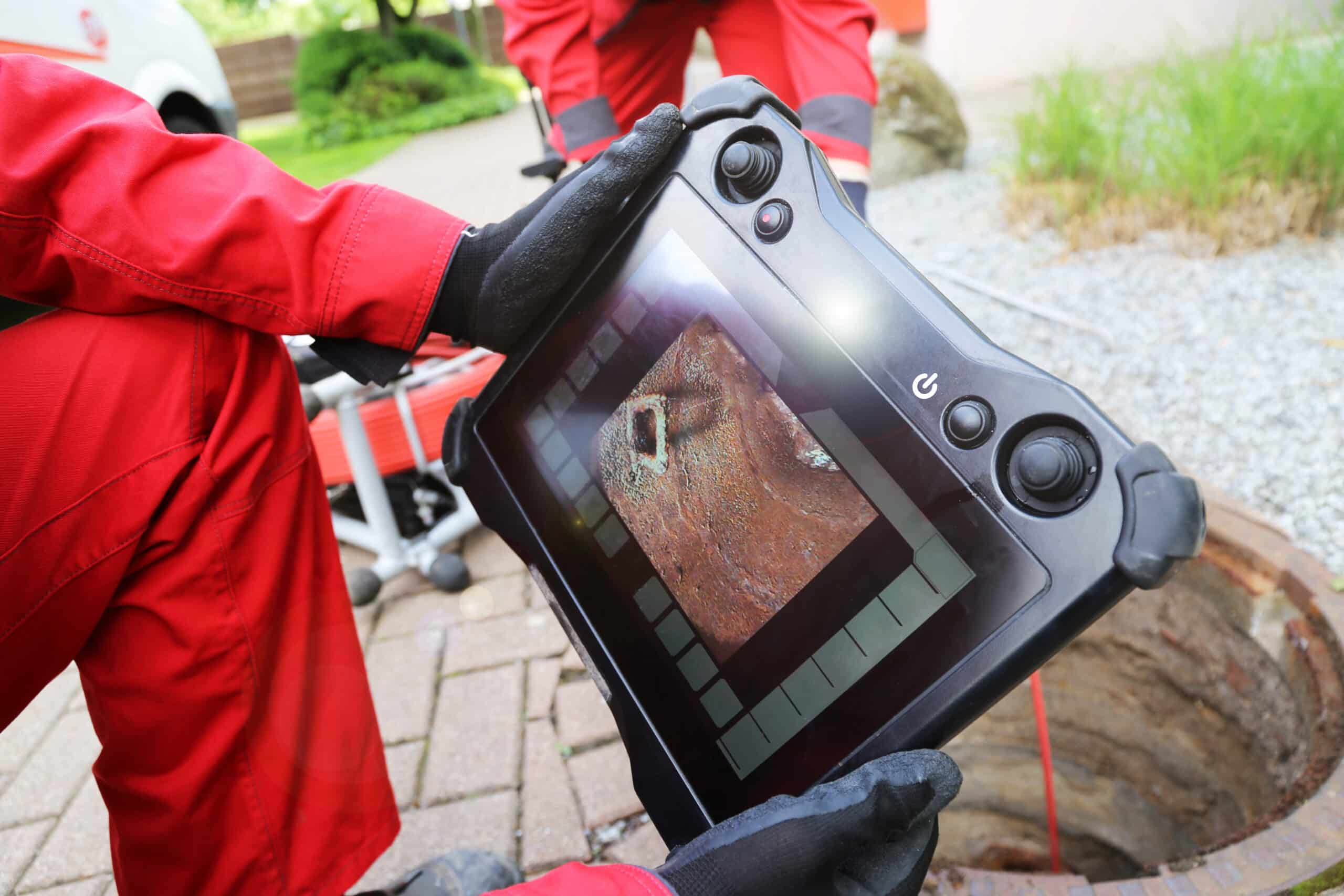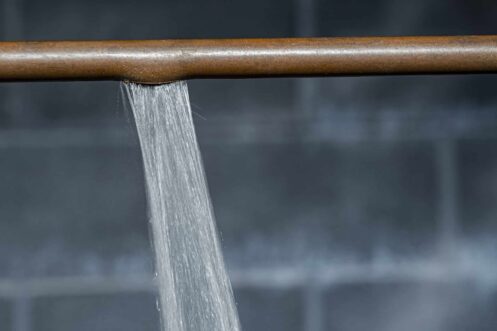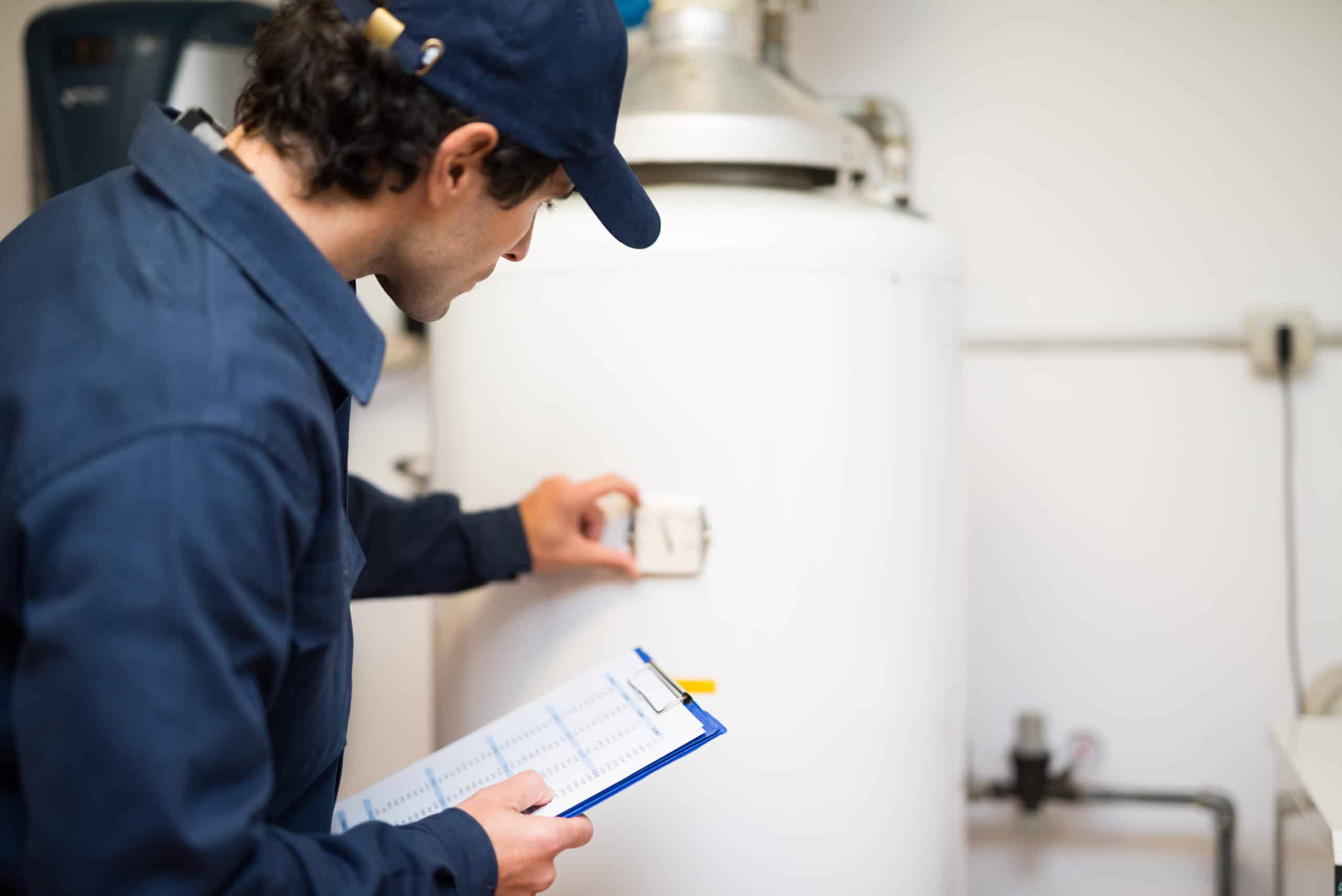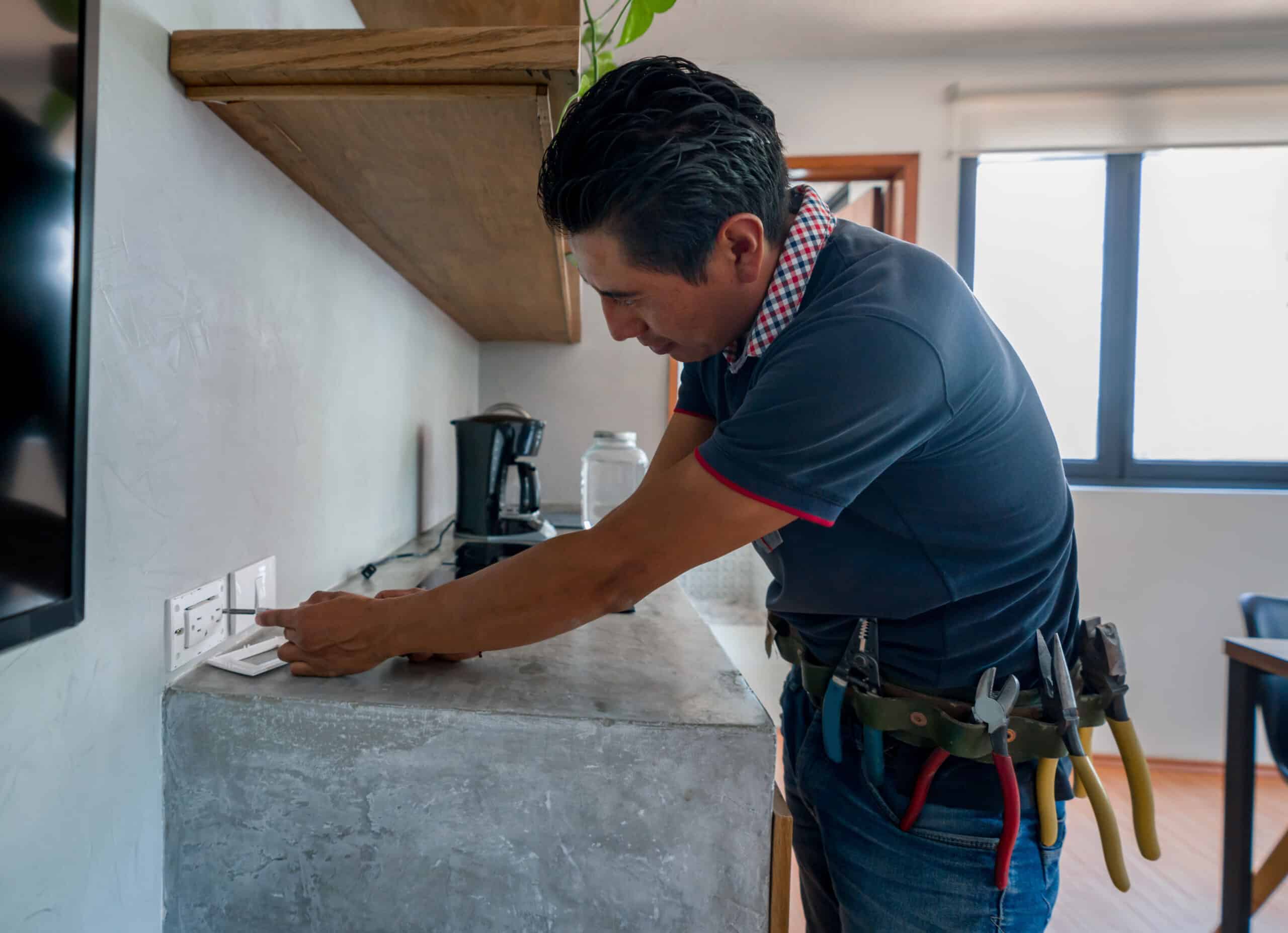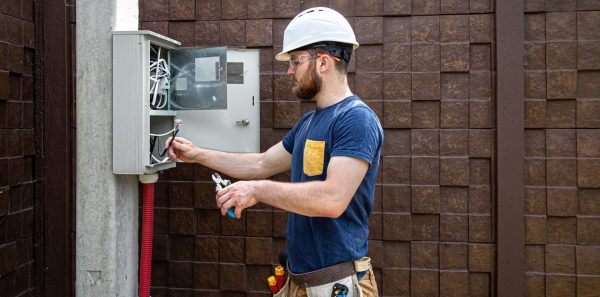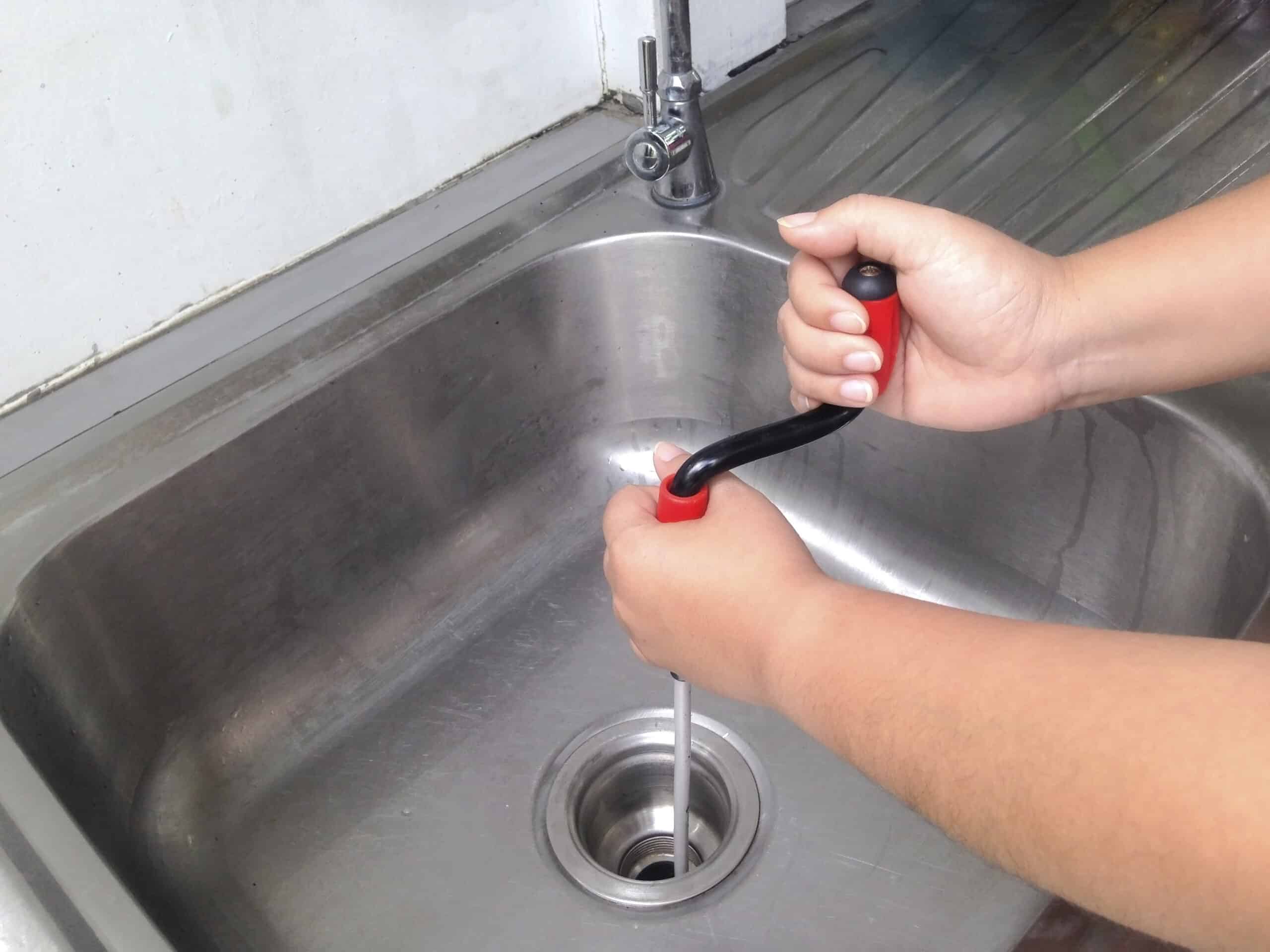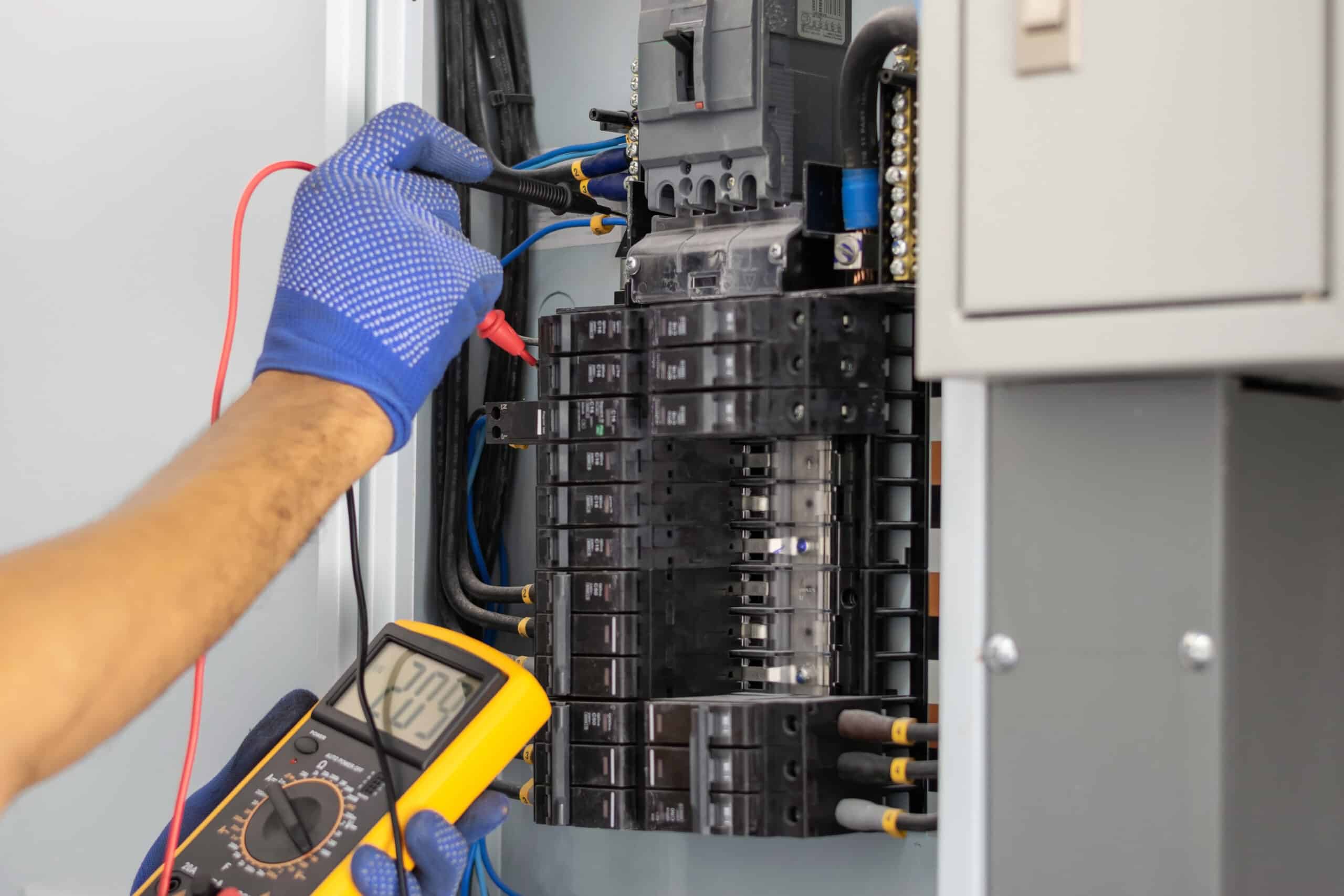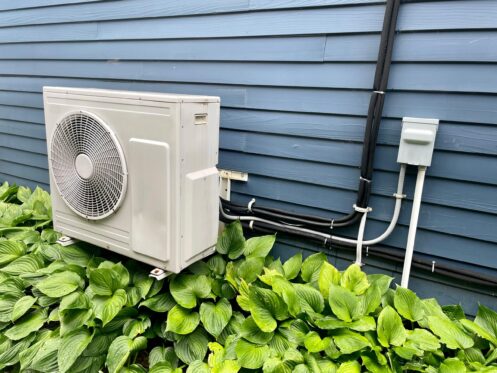Dealing with a leaky sewer line can be an absolute nightmare. Depending on the location of the leak, wastewater can also do major damage to your foundation or start flooding into your basement or crawl space. In the not-so-distant past, the only option to deal with a leaky or broken sewer line was to dig a large trench in the yard. A plumber would then need to replace the damaged section of pipe or potentially the entire sewer line from the foundation out to where it meets the municipal sewer main under the street. Digging up the yard to access the sewer line is still sometimes necessary in certain situations. However, many sewer issues can now be fixed with trenchless sewer repair or replacement that requires almost no digging.
Why a Camera Inspection Is Important
The first step when dealing with any type of sewer line issue is to have a plumber perform a camera inspection. Camera inspections are performed by inserting a waterproof video camera into the sewer line. The camera is attached to a flexible “snake” that allows the plumber to push it through the entire length of the sewer line. It is also connected to a video screen that the plumber monitors to look for any issues like cracks, holes, clogs, tree roots, rust and corrosion.
The reason that a camera inspection is important is that it allows a plumber to determine the cause of the leak and the extent of the damage to the sewer line. It also enables the plumber to check the overall condition of the pipe, which is necessary for determining the best option for overcoming the sewer line issue. Minor leaks can usually be repaired fairly easily. If the pipe has a major break or collapsed, you’ll need to have the sewer line replaced.
How Trenchless Sewer Repair Works
If a sewer line only has minor damage like small cracks or holes and is otherwise still in decent condition, the damage can often be repaired using a method known as trenchless pipe lining. Pipe lining is a process that essentially uses the existing pipe as a host and creates a new pipe inside of it to repair the damage and stop the pipe from leaking. While it is useful for repairing leaks, it won’t overcome sewer issues caused by the pipe sagging or having an improper slope.
It works by inserting a tube inside the sewer line and then inflating it so that it fills up the pipe from end to end. The outside of the inflatable tube is coated in a special epoxy resin that sticks to the inside of the pipe. Hot water or steam is then used to cure the resin, which activates it and causes it to start hardening. As the epoxy cures and hardens, it forms an incredibly strong bond with the existing pipe and fills in and repairs any cracks, holes, etc. The process essentially reinforces the original sewer line so that it is much stronger than it was before, which greatly reduces the chances of additional leaks forming in the future.
Trenchless pipe lining is an excellent option for repairing almost any type of sewer pipe. While it is most commonly performed on PVC sewer lines, it can also be used to repair cast iron or clay pipes as long as they are still in fairly decent condition. When the process is done properly and the epoxy fully cures, it will help extend the life of the existing sewer line since the new pipe lining will usually last for 50 to 60 years. However, if the epoxy isn’t cured properly, the pipe lining may only last for 10 to 15 years since the lining can start to slip and come loose from the original pipe. It is also important that the sewer line is then professionally maintained every year or so or else the pipe lining may not last nearly as long as it should.
How Trenchless Sewer Line Replacement Works
If the camera inspection reveals that the sewer line has extensive damage or is old and generally in poor condition, trenchless sewer replacement is a great option compared to traditional sewer replacement. This process is known as pipe bursting, and it starts by boring a hole in the ground either in the street or at the edge of the yard to access the existing sewer line. The plumber will also need to access the end of the sewer line that sticks out underneath the foundation either by cutting a hole in the foundation floor or going in through the sewer cleanout next to the home.
The next step is to run a steel cable through the sewer line that is connected to a powerful winch. At the end of the cable is a metal wedge or bursting head. A flexible pipe is also attached just behind the wedge. As the winch pulls the wedge through the sewer line, it completely breaks up the existing pipe. The new pipe is also pulled into the gap left behind and takes the place of the existing pipe. Once the wedge has been completely pulled through and the new pipe is in place, all that is left is to connect both ends of it and then the sewer line is ready to go.
While pipe bursting is a great choice in situations where pipe lining won’t work, it can’t fix all sewer issues. Pipe bursting can only run the new sewer line in the same place as the old line. This means that if the existing line has issues with sagging or bellying, insufficient slope or is poorly routed, you’ll still need to have it dug up and replaced.
How to Spot the Signs of Sewer Line Leaks
Issues like a collapsed or broken sewer line will quickly become evident since they will almost always lead to sewage backups in the home. More minor sewer issues like leaks can be more difficult to spot, but they will still typically produce a few tell-tale signs. One fairly obvious indication of a sewer line leak is if you start smelling a strong sewage odor in your yard. Another thing to watch for is standing water in the area near your sewer line or if the ground in the area suddenly feels soft and spongy. If your sewer line is leaking, you’ll also often notice that the grass or vegetation near the leak is lusher, greener and grows faster than the rest of your yard. If you do notice any of these issues, you should schedule an inspection as soon as possible. If you wait, the issue could get worse to the point where your only option will be a total sewer line replacement.
At Eck Services, we’ve been helping Kansas residents overcome their
plumbing and sewer issues for more than 15 years. We specialize in both traditional and trenchless sewer repair and can help you determine the best option for fixing your specific issue. We serve residential and commercial customers in the Wichita, Kingman, Pratt, Medicine Lodge, Hutchinson and Anthony areas, and we also offer expert heating, air conditioning and electrical services. For more information on the benefits of
trenchless sewer repair or to schedule a sewer inspection, contact our team today.


